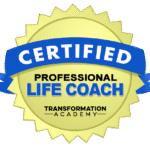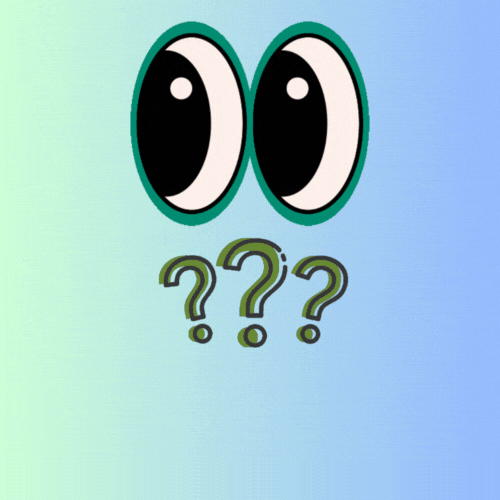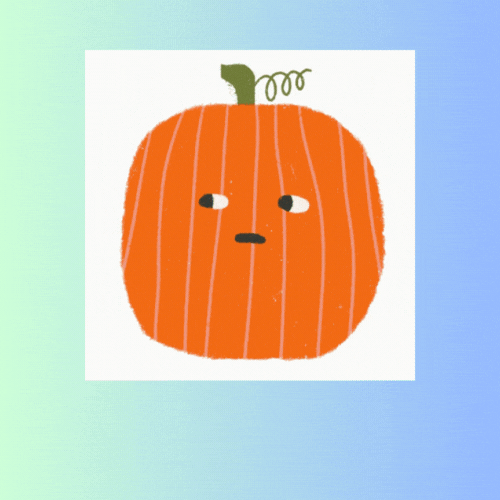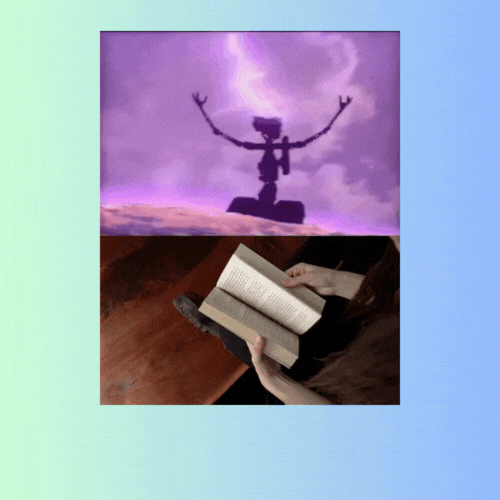About Me
I'm Heather. Glad You're here!
I'm Heather. Glad you're here!
I focus on actionable strategies and a positive outlook to help late-identified neurodivergent adults
bridge the gap between
recognizing their neurotype and
understanding how to work
with their neurotype.
I am committed to raising awareness and challenging stigmas around late-identified autism and ADHD, advocating for greater understanding and acceptance.

Mission
Thriving with Neurodivergence: My mission is to empower neurodivergent adults through education, connection, and practical resources. I focus on the unique challenges and opportunities of late-identified ADHD and autism, helping individuals
bridge the gap between recognizing their neurotype and
understanding how to work with their neurotype.
Values
Empowerment and Authenticity: I believe in empowering neurodivergent individuals to embrace their authentic selves and live with confidence and purpose.
Connection and Community: I value fostering a supportive community where neurodivergent adults can share experiences, find understanding, and build lasting connections.

“Each article feels like it's written for people like me--compassionate, relatable, and packed with actionable advice. Highly recommend!”
Emily Davis
My Story...
Hello! I’m Heather, a late-identified Autistic ADHDer. I’ve spent nearly my entire adult life raising kids and homeschooling. There have been great memories, but everything always felt unnecessarily hard. And I often lamented our lack of friends and a support system.
Where Were All the “Normal” People?

I took matters into my own hands and hosted homeschooling groups and clubs designed specifically around the preferences of our family. In hindsight, I recognize that many of the families at our gatherings were just like ours. Other neurodivergent families.
Throughout the years, I worked hard to push out of my comfort zone in order to build community. I didn’t know why we struggled to find our place and connect with others. “If you build it, they will come,” I told myself. And some did. But it was still hard.
It was brighten the face and push through the headaches. It was panic cleaning on a Monday morning to appear put together. It was wondering why my kids had so many challenges: big emotions, constant overwhelm, perpetual confusion, resistance to perceived demands, strange sensory aversions, deep sensitive souls who were kind and fiercely loyal, but somehow still alone. Just like me.
Everything is Just Hard!
There were times that I would reach maximum capacity and cry to my husband, desperately trying to communicate neurodivergent burnout without knowing what it was or having adequate vocabulary to express what was happening inside of me. “I’m not depressed! Everything is just hard!” The words wouldn’t word. The racing thoughts never stopped. My entire existence felt heavy and overwhelming.
Our relationship was littered with misunderstandings, unmet needs, lack of communication, and frustration despite two good people with the best of intentions. I often found myself shutting down in the evenings, completely unable to function. It happened so consistently that we called it “pumpkin time.” It was like Cinderella’s carriage turning back into a pumpkin.

I never felt rested and I frequently had that “hit by a truck” feeling in my body. But doctors assured me, my labs were all normal. I was perfectly healthy. So I must be fine. I had to pretend to be fine.
And I wasn’t yelling! I was speaking passionately!
One day I opened up to another mom in our homeschool book club. I told her about the struggles I had with some of my kids. Her daughter was autistic and she asked me, “have you ever considered they might be on the spectrum?” That question gave me pause. I hadn’t considered that. I didn’t even really know what it meant to be “on the spectrum.” Despite having a Bachelor’s degree in social work and a background in working with children and adults with developmental disabilities, I had zero concept beyond the common stereotypes.
Desperate for Answers
Desperate for answers, I went down a never ending research rabbit hole. This was also a common state of mine. We called this my “Johnny 5 mode” from the movie Short Circuit. “More input!” I binged everything I could find on the entire internet.


Not only did I find answers for my kids, but also for me. I eventually came to a deep knowing within myself. I was Autistic. I told my mom friend. “Well, now you know,” she said. “You’re one of us. It’s a tough day when it all hits. It’s also very very nice to finally understand why life is easy for everyone else and seems harder for your family.”
I continued to dive into the long list of traits, explanations, and common experiences among neurodivergent people. Did I even have a personality? Or was I just a list of traits? It was like I was the poster child for a late-diagnosed neurodivergent female.
I received my diagnosis at 40 years old. At this point, I’d been learning and trying to re-process my entire life through the lens of neurodivergence for a year and a half.
I already knew what the official diagnosis would be. It was just a formality to take the edge off the imposter syndrome: the times it all felt fake and I talked myself out of my own lived experience. Two of my children received the same diagnosis the very same week: ADHD and autism. More of my kids are awaiting assessment.
The Follow-up Appointment
The follow-up appointment consisted of a handful of book recommendations and a deficits based report written in the language of the DSM. Nothing magically changed for me, yet everything was suddenly different. And I had no idea how to move forward with my life. It was a lot to process. A lot.
I had to learn coping mechanisms and make adjustments to my life that felt so foreign to me. I had to let go of how I always thought I was going to show up in the world. Things were going to be different now. They had to be if I was going to have any kind of peace. I found myself craving advice and community. I wanted to know why. I wanted to know how.
I felt lost and spent hours late into the night googling random things like “how to be neurodivergent.” It truly requires learning a new way of being in the world. This process is what inspired me to create this website. A resource specifically designed for late-identified autistic and ADHD adults.
I hope I am able, as someone a few steps ahead on the path, to provide for you what I wish I’d had. Join me as I continue to learn how to be neurodivergent after half a lifetime of trying and failing to be neurotypical.
“Why do you need a label? Because there is comfort in knowing you are a normal zebra, not a strange horse. You can’t find community with other zebras if you don’t know where you belong. It is impossible for a zebra to be happy or healthy spending its life feeling like a failed horse.”
-Unknown
Warmly,
Heather Tinker
Fellow zebra and Creator of howtobeneurodivergent.com
Read more from me 👉 on my blog page.


View this profile on InstagramHow to Be Neurodivergent (@howtobeneurodivergent) • Instagram photos and videos
